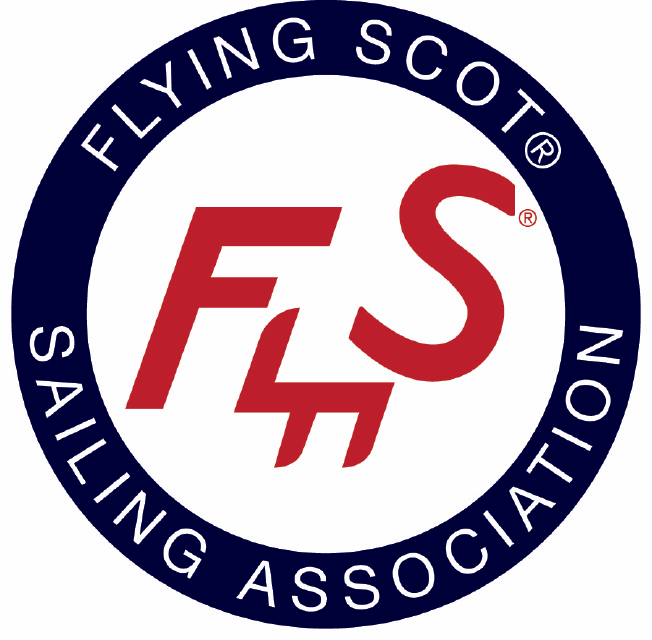Measurement Committee Advisory - November 2020
From Chief Measurer Roger Sharp
What makes the Flying Scot Class great? Well, the people of course! But what is it that brings these great people together? I submit to you it’s the boat. We are blessed with a boat which has withstood the test of time regardless of social, economic and technological changes.
Hall of Fame designer Sandy Douglass gave us a boat which is fun to sail (race), challenging to sail (race) well and a set of standards to use to maintain the identity of his design. The Class is also very fortunate to have one manufacturer who has and continues to make every effort to build identical boats throughout the nearly 70 years of production. All of this has allowed, and continues to allow, FS owners to be confident that boats are equal in ability and capability across the age spectrum of Flying Scots.
To support the Class and its members, the Measurement Committee monitors adherence to the Class Rules. The Specifications tell us that the hull, spars, standing rigging and blades are off-limits to modifications in form, construction and weight.
The Measurement Committee is aware of discussions and modifications regarding the use of carbon fiber for repairs/rebuilds, closed cell foam blocks in lieu of balsa, and the removal or addition of structural areas of the hull. All of these are violations of the Class Rules and make boats with these alterations illegal to compete in Flying Scot events.
Attached is a photo of an illegal modification. Cutting away of the lip on the centerboard trunk is a significant alteration of the hull and centerboard trunk. This modification must be corrected by returning the structure to the original design for the boat to be welcomed at Flying Scot regattas.
Owners of Flying Scots, past and present, are the stewards of the Class for future owners. Let’s keep our boats within the Specifications so sailors, competing on the water, and using only the ability of the skipper and crew, determine who is fastest.

